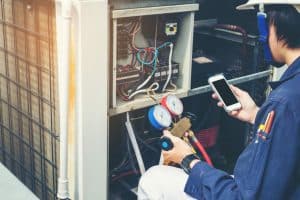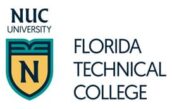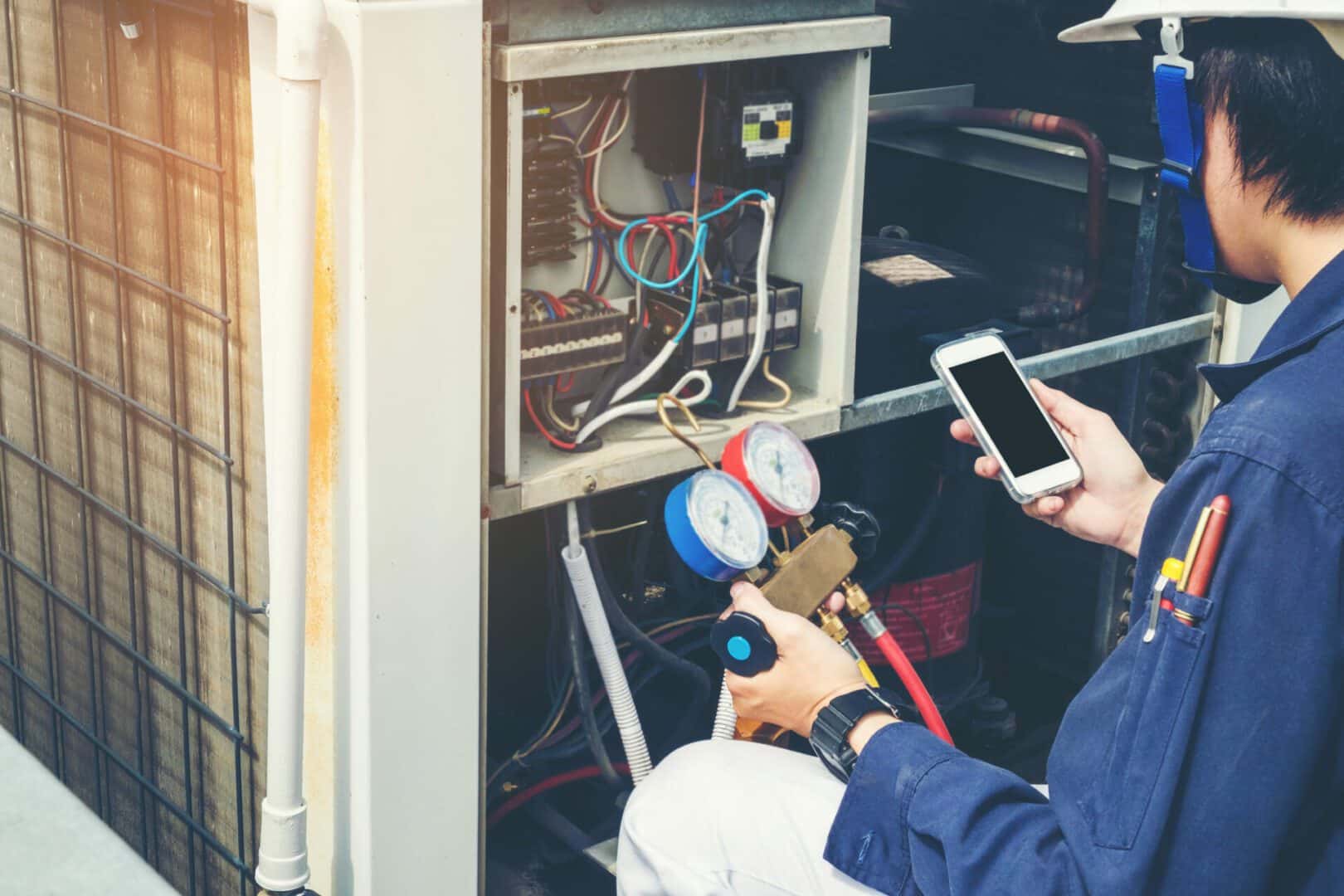
In this guide, we will examine the main components of an HVAC system, how they work and what you need to know about becoming an HVAC technician.
What Does HVAC Stand For?
HVAC stands for heating, ventilation, and air conditioning. It is becoming increasingly common to see HVAC spelled as HVACR, which expands the original definition to include refrigeration. Many HVAC vocational schools are now including refrigeration repairs and training in their HVAC training programs.
It’s important to understand that HVAC performs many jobs at once, and it has more than one function. In the summer, people rely on their HVAC to keep their homes and workplaces cool. In the winter, the heating portion of the system keeps them warm. An HVAC doesn’t merely control temperature, though; it also helps circulate fresh air, ghostwriter filter pollutants from the air and conserve energy.
Energy consumption has become even more relevant in recent years as everyone has become more conscious about their use of fossil fuels. Rising utility costs mean new HVAC systems must be optimized for cost and efficiency, delivering the same results for less energy and money.
What Are the Main Components of an HVAC System?
Every HVAC system contains six primary parts that it needs to operate. When one or more of these parts stop functioning properly, there are problems ranging from uneven temperature distribution to poor air flow. It is an HVAC technician’s job to listen to customers, identify their issues and diagnose the trouble in the system which parts of the system are most likely to cause trouble. Here is an overview of the six main components of a heating, ventilation, and air conditioning system.
Thermostat
This is the part that you interact with directly. The thermostat instructs the HVAC to perform a specific task. It also helps stabilize the temperature in a home or building, which affects air quality as well as humidity levels. When a thermostat is not properly calibrated or installed correctly, it can cause a system to work overtime, плед купить not work enough or ineffectively heat or cool a space.
Heat Exchanger
Heat exchangers are responsible for heat transference. They move heat from one place to another, and it is used in both heating and cooling. An air conditioner uses a chemical liquid called a refrigerant to move heat and turn it into cool air that is blown through ducts and vents into a room. With gas furnaces, the exchanger warms indoor air using combustion gasses from the furnace and distributes the warmed air throughout a space; exhaust is vented through a flue outside to prevent poisoning.
Evaporator Coil
The evaporator coil absorbs heat from hot indoor air so it can be cooled by refrigerant and distributed through air conditioning. It turns the liquid refrigerant into a gas or vapor and is essential to the heat exchange process. If an evaporator is frozen, damaged, or dirty, an HVAC system can stop heating and cooling or work strenuously to produce poor results. This ultimately wears down the entire unit and leads to more breakdowns and system failure.
Condenser Coil
A condenser coil is similar to an evaporator coil, but it has the opposite job. Instead of drawing hot air from inside, the condenser coil releases hot air outdoors. It allows for the cycle of air circulation and filtration to occur by releasing the hot refrigerant vapor that builds up in a room. A fan blows over the condenser coil to rapidly cool the hot air and condenses into a liquid again; the liquid in the condenser coil is returned to the evaporator coil, which allows it to return to a gas or vapor again.
Combustion Chamber
The combustion chamber is also known as a burner, and it is the part of an HVAC system that heats cool air. When an HVAC system is set to heating, air from the furnace is ignited with a combustible material to produce heat for warming the air. Older models previously had manual combustion chambers that required a pilot light to work. Because they were less safe and produced higher levels of carbon monoxide, they are now considered outdated and, in many places, obsolete. Instead, automatic glow sticks are used to seamlessly ignite in the furnace and heat a home or building.
Blower Motor
Finally, the blower motor is responsible for moving the cool or hot air throughout an HVAC system’s ductwork. This is done using electricity, which powers the motor and uses a fan to circulate the air. All the ducts lead to separate supply and return vents situated throughout a home or building. Commercial and industrial HVAC systems have much more powerful motors to evenly distribute air throughout a large space; residential units are smaller and typically have simpler designs, which make them easier to repair and maintain.
Where Do You Learn About HVAC Components?
An HVAC program at a trade school can teach you everything you need to know about HVAC systems. In addition to these main components, you will also learn about the smaller parts that allow the HVAC system to function, how they work and how to diagnose,troubleshoot , repair and replace the parts.
Do You Get Experience During an HVAC Technician Program?*
Yes, there are many hands-on activities and workshops throughout a program. Your instructors teach as you work with real HVAC equipment. The systems and components you work with during training are exactly like покривало на ліжко the ones you will encounter on real jobs. In addition to plenty of work in the classroom, you also get to complete an externship for even greater experience.
HVAC Diploma Program
Ready to start working toward your HVAC/R diploma? The HVAC/R with PLC Diploma Program offers students the technical and practical knowledge and skills to perform heating, refrigeration, and air conditioning maintenance, installations, and repairs.
Graduates of this program are likely to hold positions in construction companies, as well as in residential and commercial refrigeration and air conditioning and refrigeration installation and maintenance companies.
Ready to move from the classroom to a career? Florida Technical College is here to help. Contact us to learn more about completing the HVAC/R technician diploma program at Florida Technical College.
*These examples are intended to serve only as a general guide of possible employment opportunities. There are many factors that determine the job an individual may obtain and Florida Technical College cannot guarantee its graduate any particular job. Some positions may require license or other certifications дропшипінг. We encourage you to research the requirements for the particular position you desire.



